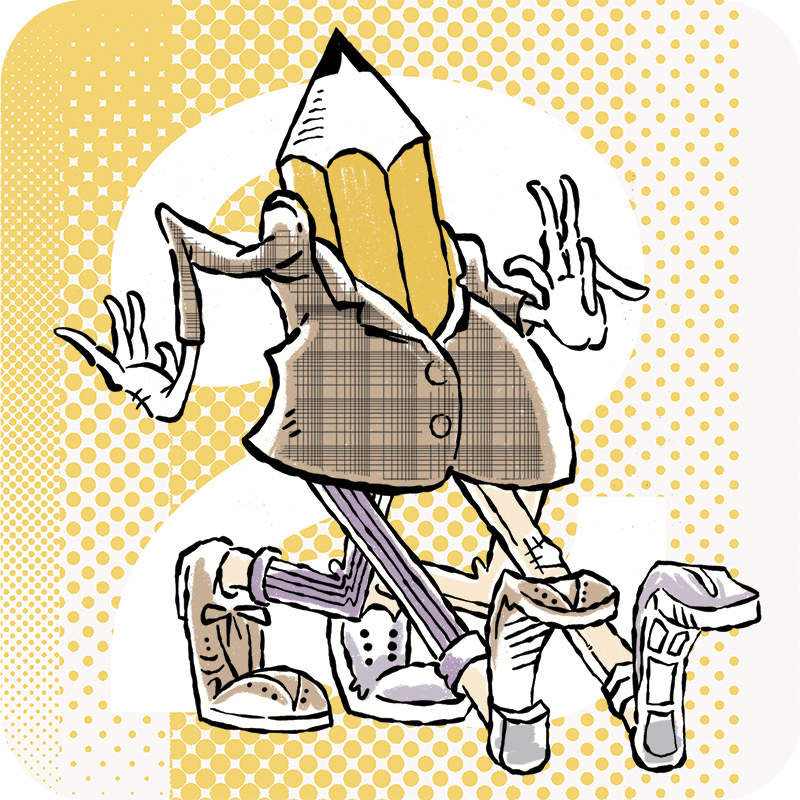When Letters Started Yelling
Set type has been around since Johannes Gutenberg started turning the crank and popping out Bibles in 1455. For the next several hundred years, set type was primarily used for reading body copy such as literature and news. Since people mostly read at about arm’s length, there was no need for bigger letters aside from the occasional illuminated initial cap. (And a tip of the Illuminated Cap to the monastic scribes who made it a thing.)
With the invention and growing popularity of lithography throughout the 1800s, printers could move faster than ol’ Gute, which created demand for more printed matter beyond leaflets, pamphlets and books. Jules Chéret’s 1880 breakthrough of three-color stone lithography in Paris changed everything. (And a tip of the beret to him.) Artists’ drawings of stylized letters could now be printed in a rainbow of colors to attract attention. Everyday people had access to mainstream messages in posters and news broadsides they could now read from across the street. Letters started yelling.
Gutenberg set mass communication in motion, and the appearance of Mergenthaler’s Linotype machine in the late 1800s kicked it into high gear. At about the same time, graphic design courses began in Europe, ushering in a transition from drawing-based mass communications (detailed illustration) to more type-driven ones (lots of words). Additional advances in technology helped the young advertising industry to blossom, and more display typefaces—the kind that make a headline look great, but you don’t want a full magazine page written in—meant many more choices to create unique voices for words.
The use of display faces grew steadily through the 1960s with the growth of film-based phototypesetting and advances in software, allowing the expressive use of typography to mirror the artistic expression happening in movies, art and music.
Our seventh episode is all about remembering the first time we experienced a specific typeface and gets us feeling all warm and fuzzy about falling in love with these odd characters. We examine the rise of “Look at me!” display type and how their use was sometimes sublime, sometimes maligned, yet always expressive. As technology helped us reach more people, cool display faces allowed us to do it with uniqueness. Love ‘em or hate ‘em, these typefaces helped carry a theme with character and always spoke louder than the rest.
